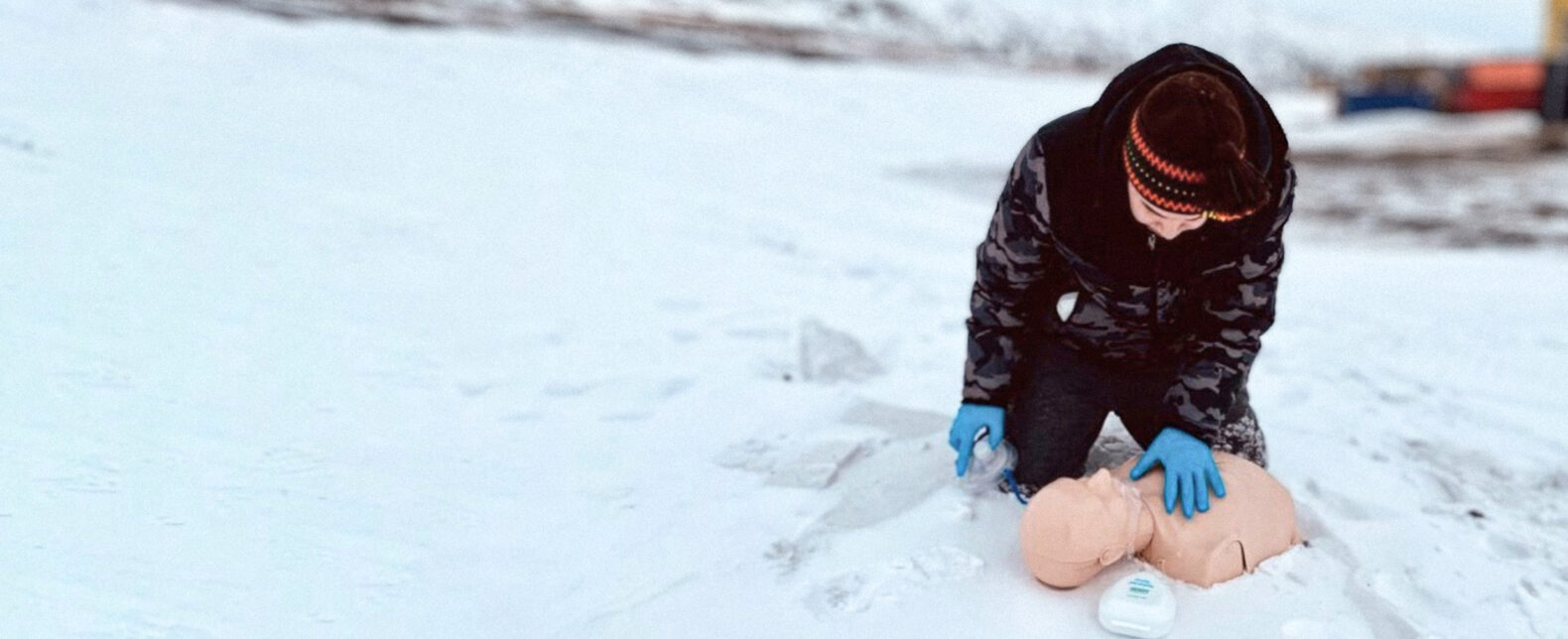Business and Community Services

Inside the Department of Adult Education and Vocational Training (AEVT), the Continuing Education unit is having a makeover and becoming Services to Businesses and Community. Why? This name change aims to better represent the whole array of services available, while enhancing common understanding, visibility and inclusivity.
The services offered by AEVT are organized into three different units: General Education, Vocational Training and Business and Community Services (a unit formerly known as Continuing Education). From the outset, explains Mamadou Diop, Director of AEVT, “we would often hear the remark that, because our services were called ‘Continuing Education,’ it gave the impression that we were only offering educational programs.”

The approach we want to have is to offer a broad range of support services. Yes, to businesses, but also to community organizations, to local political institutions and, in addition, to businesses established here in Nunavik but that came from down south.

In this context, the term “support” means more than the idea of just training. For example, when the Landholding Corporation wants to perform a needs assessment, there is no training aspect involved. Our team then acts in a consulting capacity to support the Kativik Regional Government.
This translates to greater flexibility and adaptability. Since they are not under the same restrictions as the youth sector, the services offered by the adult sector allow for an assessment of client needs and can develop ways to meet those needs.


We are exploring avenues besides training that is only concerned with employability. Take the need to certify employees, for instance. How can we recognize people and certify them based on their acquired experience instead of only considering the formal training they may have received?
The Director also puts the accent on the “community” aspect. In fact, AEVT wants to work with partners who had not previously considered Kativik Ilisarniliriniq, including women’s associations and any of the other organizations that are working in the areas of Inuit culture, language and identity.
If you are the head of a business or organization operating in Nunavik, and you would like to explore the options available to you to support the professional development of your employees or clientele, don’t hesitate to contact us!
You can reach us by phone at 1 800 361 2244 #355 or by email.


